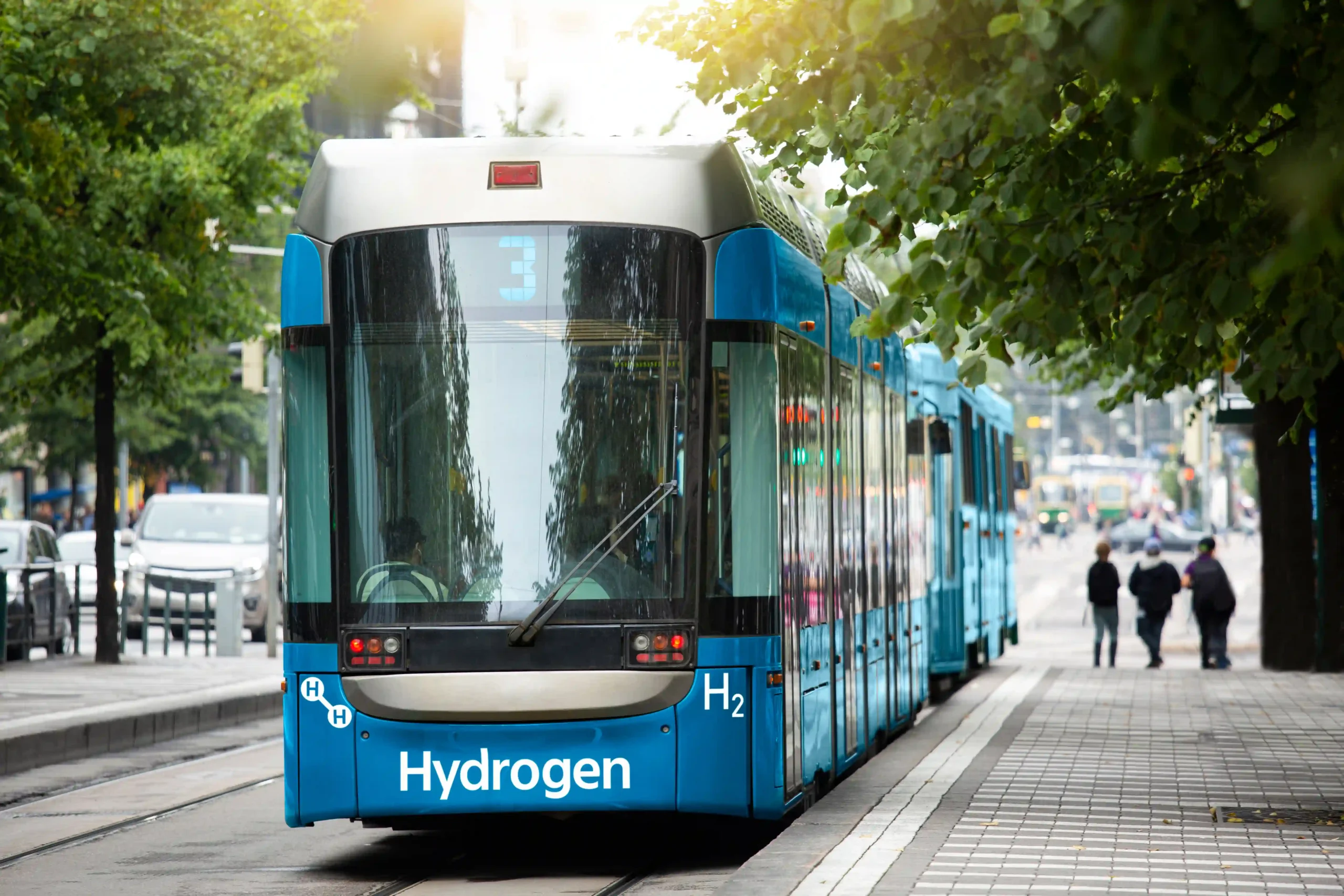Rotomoulded plastic components for hydrogen energy storage
Green hydrogen has high potential as an energy source for many industrial areas and, as an innovative solution, can make a significant contribution to a more sustainable energy economy.
Hydrogen is a highly permeable gas, which presents challenges for its safe storage. The versatility of rotomoulding makes it possible to precisely produce a robust, perfectly sealed tank used for hydrogen tank. Hydrogen energy storage is a key component of hydrogen energy systems. Rotovia’s rotomoulding process is able to produce a plastic liners that is the pinnacle of hydrogen storage materials, perfectly sealed and safe to use. Rotomoulded tanks can be designed to store large quantities of hydrogen fuel while maintaining a relatively lightweight and compact design.
At Rotovia, we are constantly striving for sustainability by also promoting the efficient use of renewable energy sources. In the hydrogen industry, where specialised and precise components are often required, hydrogen tank components made from plastics are perfectly suited to meet and exceed expectations.

Converting stainless steel products to plastic
Extremely durable under pressure and heat
20+ year life-time without corrosion

The unique specifications
- 100% guaranteed leak-proof
- Low weight and high pressure resistance
- Variety of sizes and volumes

High durability and resistance of a rotomoulded hydrogen tank
Rotomoulding allows hydrogen energy storage tank components to be manufactured in a single piece with integrated valves, inlet and outlet, without additional welds and joints that could compromise tank integrity and quality. Made of polyamide, PE or XPE, the hydrogen tank liner provides an adequate barrier to minimise hydrogen permeation and losses during long-term storage.
Hydrogen tank liners are one of the most important components of a hydrogen storage system. They are the ones that ensure the impermeability of the tank and thus play the most important role in adequately protecting the hydrogen during storage.
The most efficient way to store hydrogen is under high pressure. For this purpose, Type IV tanks are mainly used, combining both the high impermeability of hydrogen and the ability to operate under high pressure. At Rotovia, we are able to manufacture pressure tank liners that are part of the composite pressure tank design used for hydrogen storage in fuel cell vehicles.
If you are looking for a strategic partner to help further elaborate on your designs and developments, get in touch with our specialists. With our early supplier involvement policy, we are able to come to a full understanding of the role our rotomoulded pressure tank liners will play in the storage of your hydrogen energy.


Hendrik
Account manager
"My passion is to explore together with the customer the unprecedented possibilities of rotational moulding"
your idea
to life. Start now!


